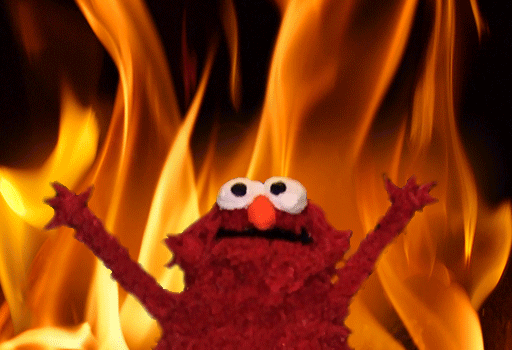So I had this idea when writing out the backstory and I wrote it up! This will be one of the QS stations found at the first level
Base Camp Bistro
Located at the lowest level of the land, the Base Camp Bistro is a counter service restaurant themed to a Himalayan base camp. The restaurant itself has a central yurt, which serves as the ordering location and the kitchen. There is a sizeable open-flame grill (mainly) for decoration, while the kitchen lies in the back.
The seating area is spread out over a small space both indoors and outdoors. The indoor seating is inside a building built into the cliff face, much like are common in today’s Sherpa architecture. The inside features different photographs and artifacts themed to the Himalayas and the city of Yùn Chèng, sort of like if the Expedition Everest queue was placed inside a restaurant.
The entire interior is covered in masks, pictures, and even footprint casts representing the people, animals, and myths in the Himalayan Mountain Range. There is also a lot of traditional art strung up to the rafters and mounted to the walls and a few actual artifacts brought back from real villages in the foothills of the Himalayas kept in protected display cases. Guests can stop and eat their food at the tables and then walk around admiring the artifacts.
However, to prevent high volumes of people just wanting to see the decor, you must have purchased a meal to enter the building during the busier meal times. However, when the restaurant itself is not serving food, this indoor dining hall is open to walking around and admiring everything inside.
The outside seating is themed around pop-up tents placed around a courtyard. Each of the tables is covered by personal pop-up tents and are made to look like they are carved from stones. The outdoor seating is not as heavily themed, being outdoors, but strung from tent to tent are Himalayan prayer flags such as the ones that adorn the base camp trails in the actual Himalayas, especially Mount Everest.
The restaurant serves traditional dishes that would be found in the Himalayan range as well as some contemporary American dishes inspired by Asian flavors. Below is a selection of menu items that can be found at this location.
Meals
Sherpa Stew... $12.99
A stew made from lamb, potatoes, carrots, leeks, and spices
Momo Platter… $13.99
A selection of 4 traditional momo dumplings, stuffed with either chicken, vegetables, potatoes, or lamb, or any combination of the four
Riki Kur… $9.99
A traditional potato pancake topped with butter. Can add fresh fruit, vegetables, or meat for an additional $2.99
Shyaphale… $9.99
Three deep-fried minced-meat pies served with a curry sauce
Sweet and Sour Chicken… $14.99
An Americanized favorite, breaded chicken breast tossed in a sweet and sour sauce, served with white rice and carrots
Rice Bowl… $6.99
Your choice of white or fried rice with broccoli, carrots, leeks, and pea pods served with a teriyaki sauce. Add chicken or lamb for $2.99 extra
Beverages
Chhaang… $6.99
A special traditional beer brewed from fermented rice in a bamboo barrel, popular with Sherpa people to help warm them in the mountain climate
Tongba… $4.99
An alcoholic beverage made of fermented millet with hot water added, drank through a special perforated straw to filter the seeds from the beverage
Butter Tea… $5.99
Specialty Himalayan tea made from tea leaves, milk, water, and Himalayan salt. Served in a souvenir travel thermos
Fountain Drinks… $2.99
A selection of Coca-Cola products


